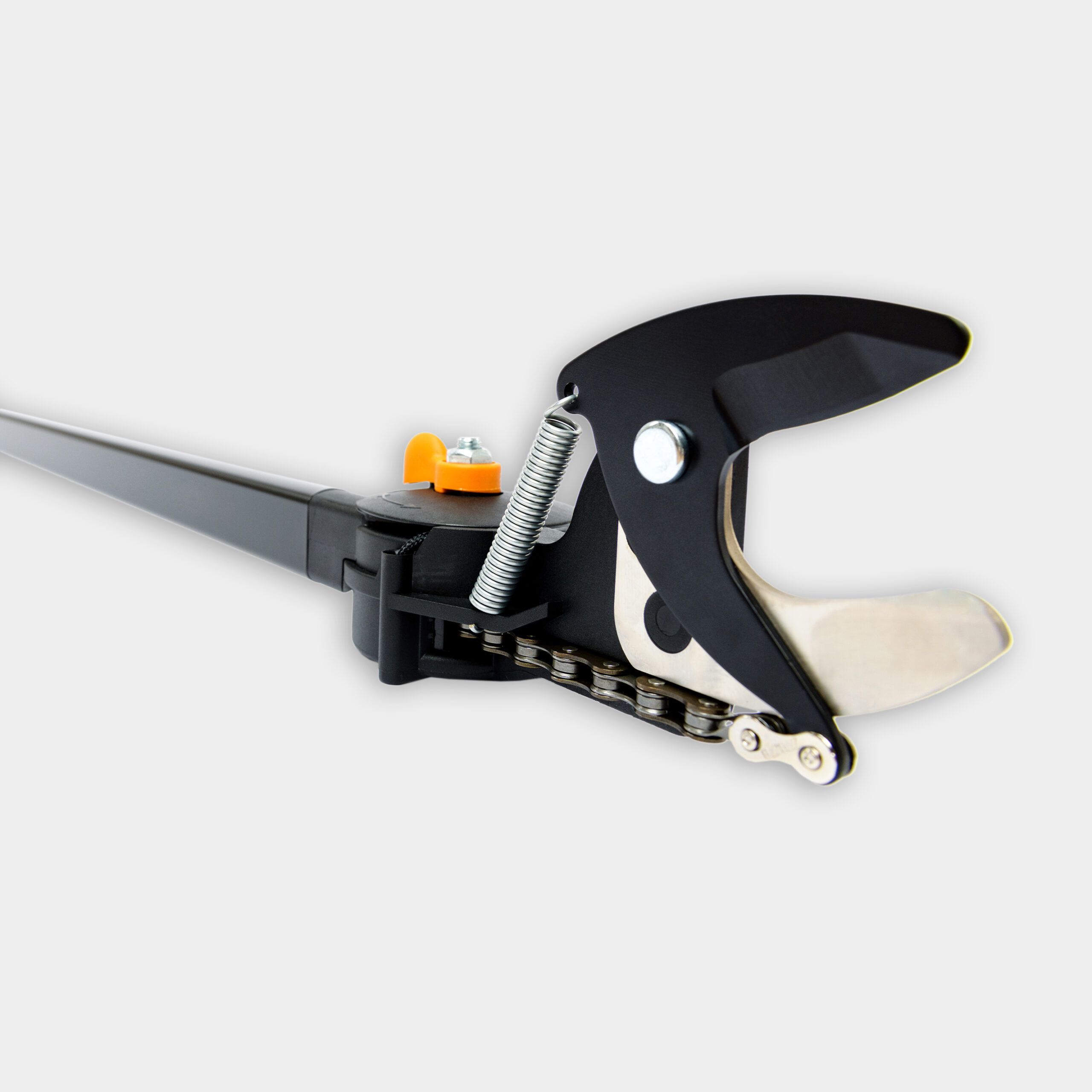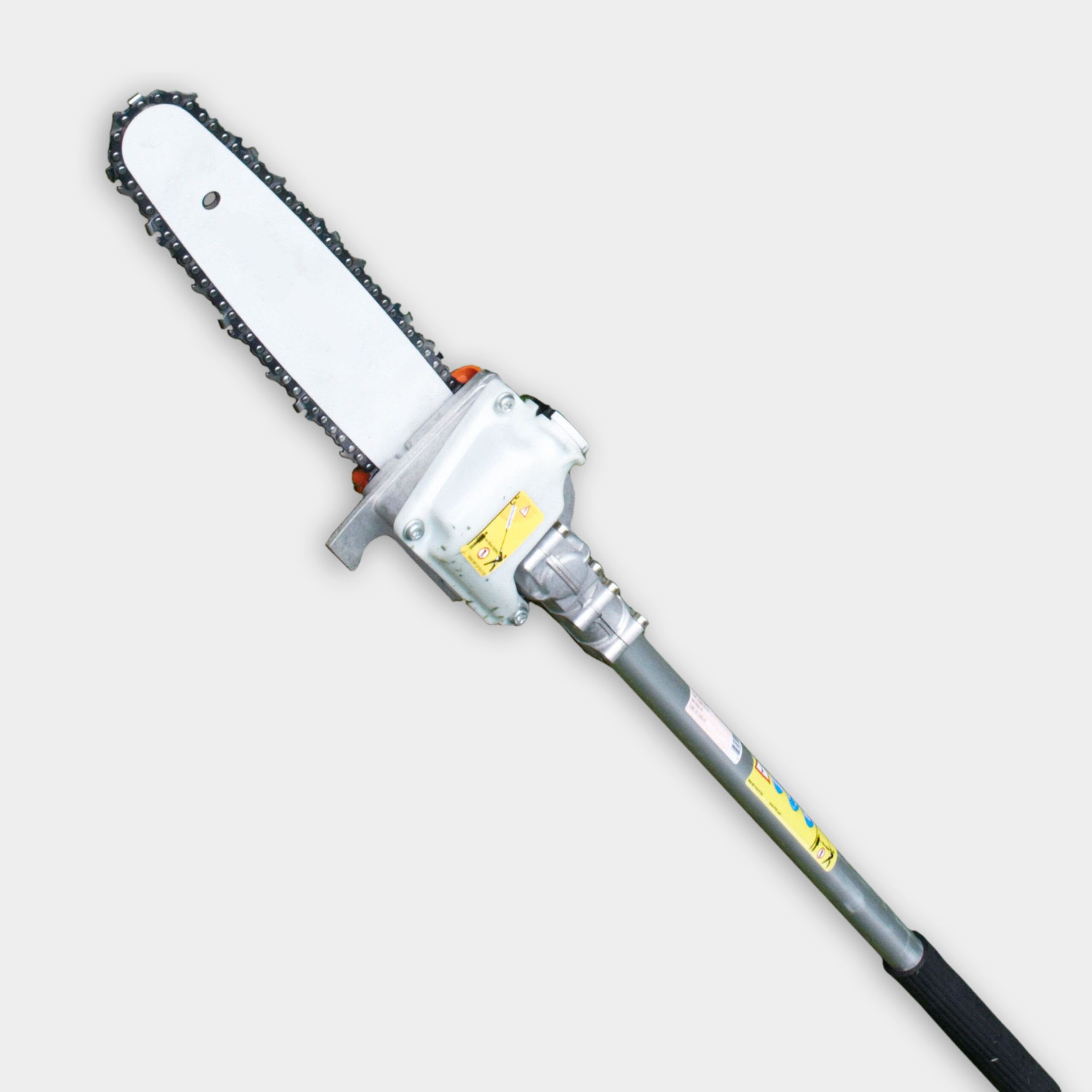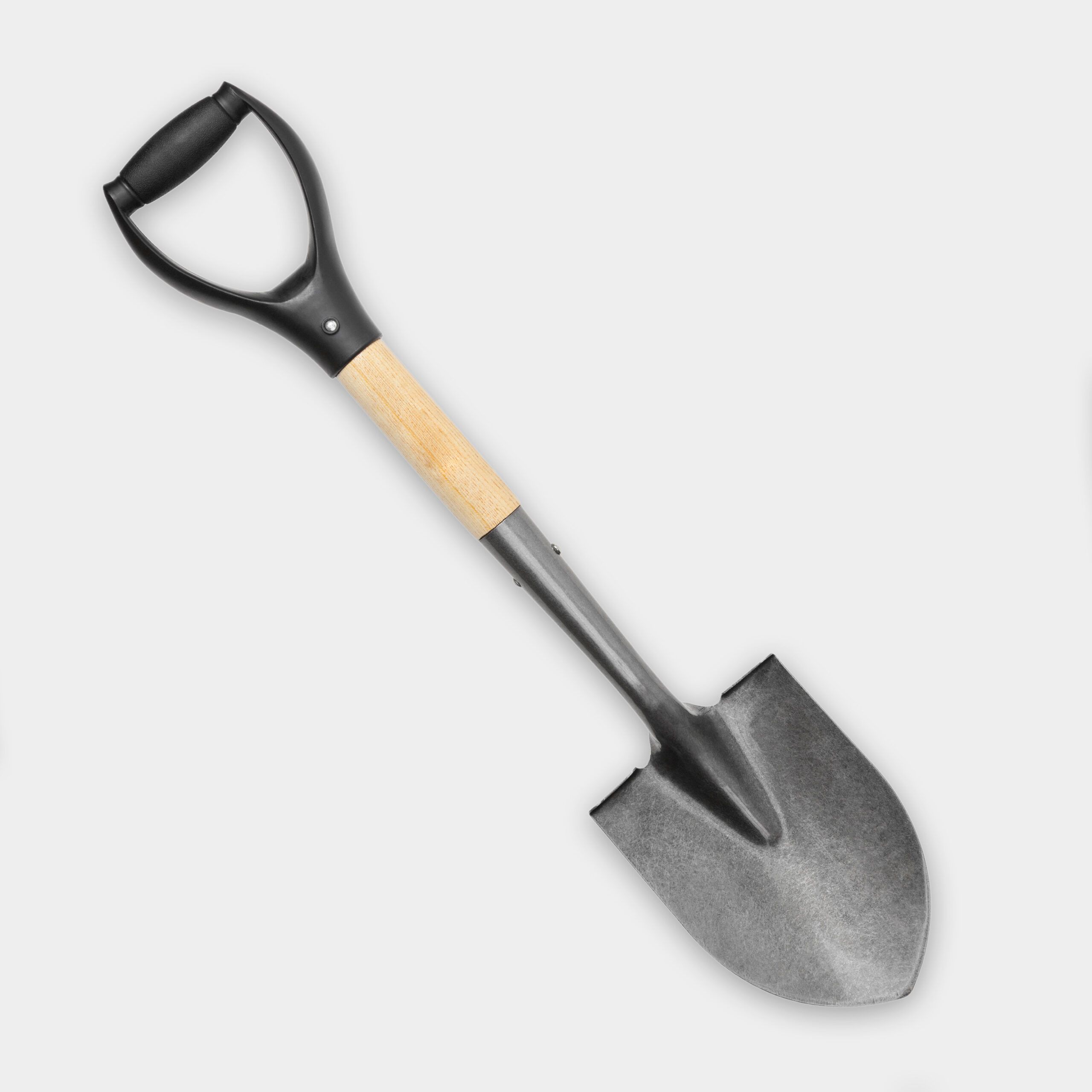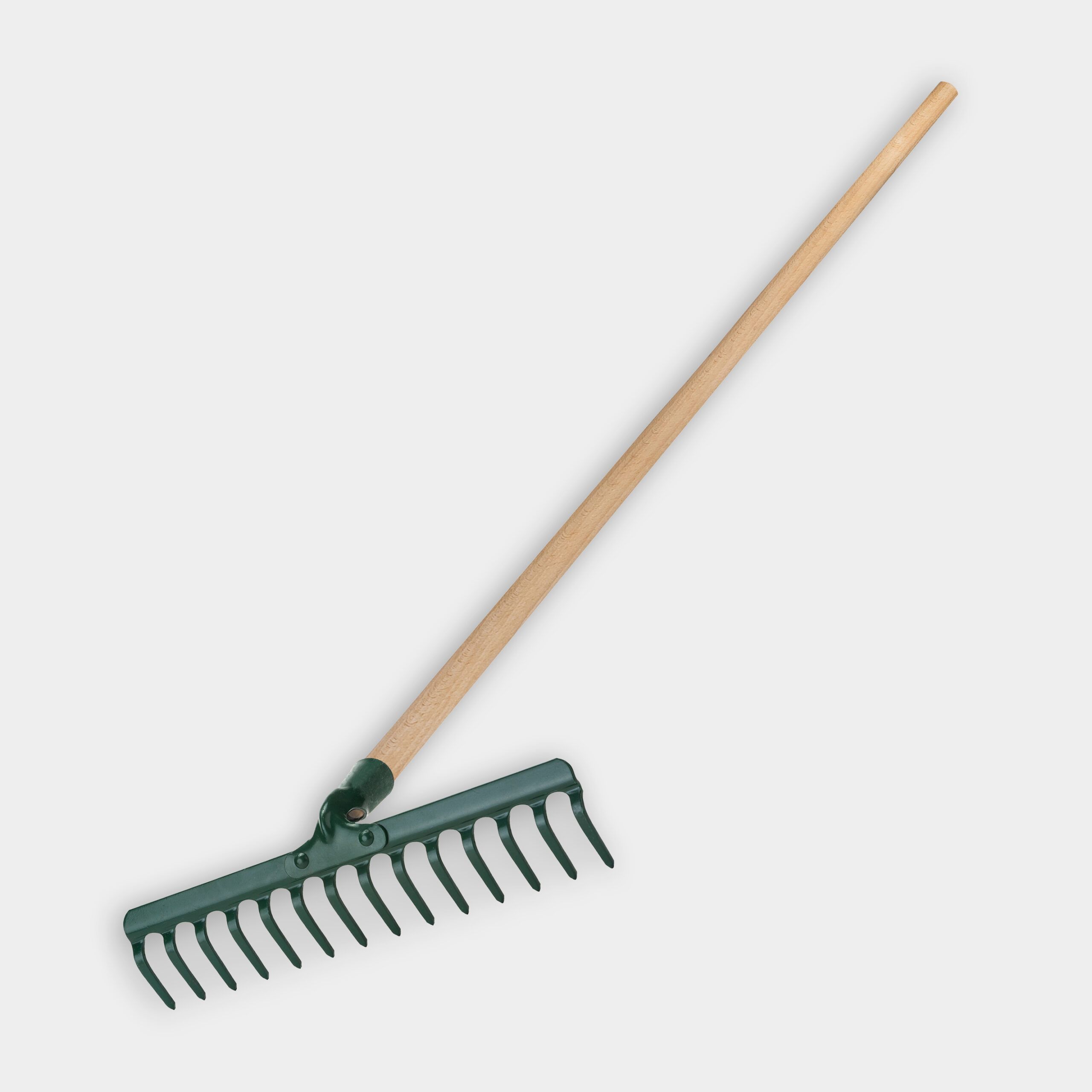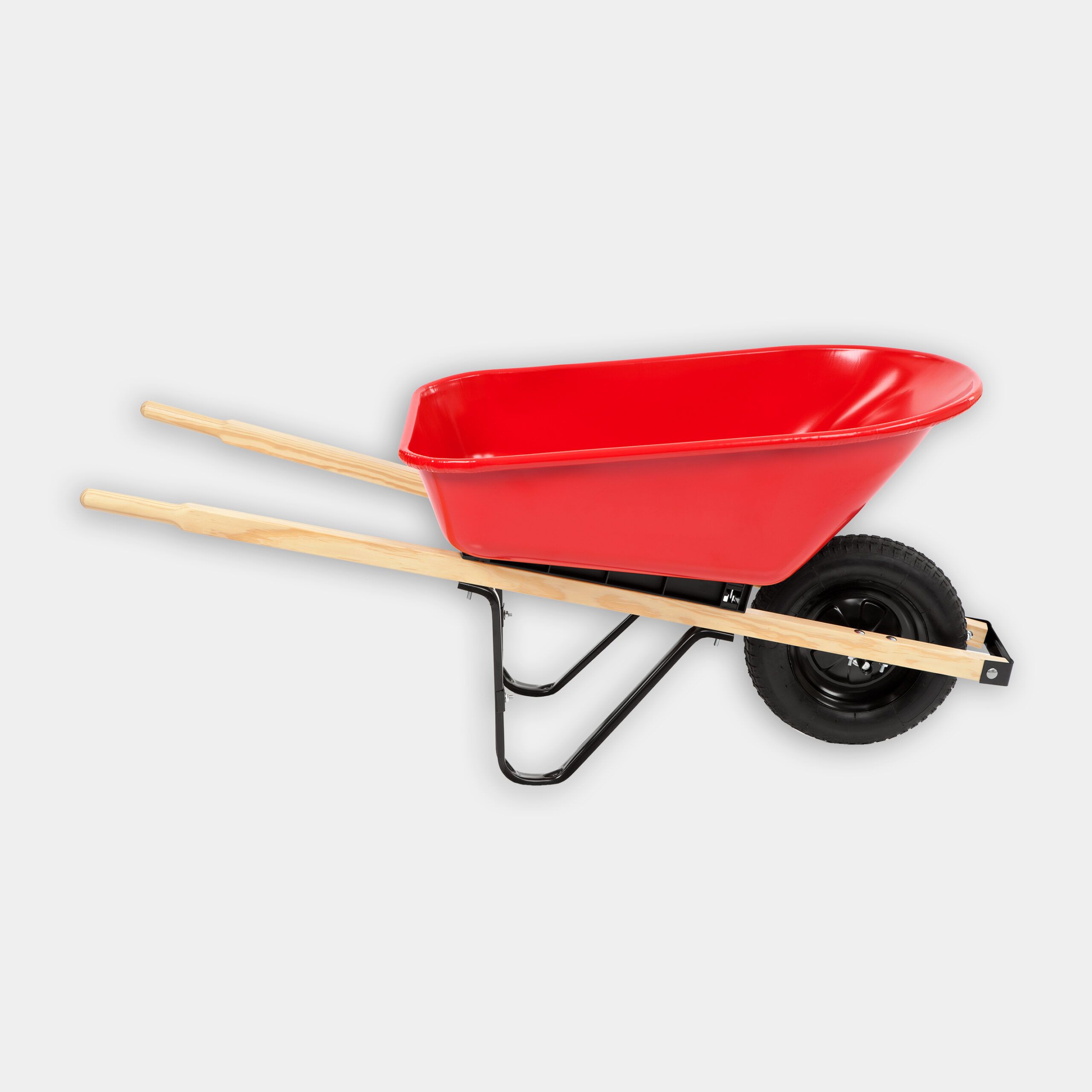Shady backyards can present a unique challenge for homeowners keen on maintaining a lush, green landscape. When traditional grass finds it difficult to thrive in low-light conditions, shade-tolerant sod is a good alternative. This guide walks you through how to lay shade-tolerant sod, helping you convert your shady backyard into a vibrant outdoor haven. Landscaper Lee Gilliam demonstrates the project with a homeowner’s assistance in the video above, showcasing practical solutions for common backyard challenges.
Understanding Shade-Tolerant Sod
Shade-tolerant sod is crafted to flourish in areas with limited sunlight. Unlike traditional grass types that demand full sun exposure, these sod varieties can grow and remain healthy in partial-shade settings. This sod also requires less maintenance, doesn’t take as long to establish as traditional grass sod, and is designed to be resistant to moss and other shade-loving weeds known to take over shaded yards.
Types of Shade-Tolerant Sod
You can find numerous shade-tolerant sod types, each with unique features. As you look for sod that aligns with your specific climate and yard conditions, here are some shade-tolerant sod varieties to consider:
- Fine fescue blends: Renowned for their ability to thrive in shaded areas
- Microclover sod: Durable, low-maintenance, and suitable for varied climates
- St. Augustine grass: Ideal for warm climates with partial-shade requirements
- Zoysia: Tolerates moderate shade, offering good drought resistance
Preparing Your Yard for Sod Installation
Properly preparing your yard by maximizing sun exposure and prepping the soil will ensure a successful sod installation.
Sunlight Exposure
Even when using shade-tolerant sod, maximize sun exposure where you can by following these steps:
- Evaluate existing sunlight patterns to understand the current light landscape.
- Identify trees or structures impeding light flow.
- Trim overhanging branches where feasible to increase sunlight penetration.
- Remove or thin dense shrubs to further enhance light access.
Soil Preparation
Healthy soil is the foundation for healthy sod growth. Follow these steps to assess and improve your lawn’s soil so your new sod can take root and thrive:
- Clear existing vegetation and debris from the area.
- Test your soil’s pH, making amendments as needed to ensure ideal conditions.
- Integrate a layer of organic compost to bolster soil structure.
- Employ a rototiller to blend the compost into the existing soil.
- Level the area with a rake to ensure adequate drainage capabilities.
Laying Shade-Tolerant Sod
Once your soil is in good condition, you can lay the sod. Make sure to select a sod variety labeled as shade-tolerant that is suited to your specific climate. In the video above, Gilliam highlights microclover sod as a variety prized for its durability and minimal maintenance requirements in shaded conditions.
Installation Process
Lay your shade-tolerant sod by following these steps:
- Begin by placing sod along a straight edge, such as a driveway or sidewalk.
- Stagger the seams in a brick-like pattern to encourage robust root growth.
- Utilize a sod knife or sharp spade for precision trimming.
- Ensure tight contact between pieces to prevent unsightly gaps.
- Roll the newly laid sod with a lawn roller to remove air pockets and ensure stability.
- Generously water the sod immediately after installation to boost its establishment.
Caring for Newly Laid Sod
Initial care is key to the sod’s successful establishment. Consider the following guidelines to care for your sod:
- Apply a slow-release, low-nitrogen fertilizer after the first mowing to support growth.
- Don’t mow until the lawn reaches approximately 3 inches in height.
- Limit foot traffic on the new sod for at least two weeks to allow it to root.
- Maintain deep, frequent watering to keep the sod consistently moist.
Incorporating Shade-Friendly Plants
You can incorporate shade-loving plants such as the following to complement your lawn and establish a diverse and appealing landscape:
- Astilbe: Brightens shaded areas with its colorful blooms
- Ferns: Offer texture with their leafy fronds in low-light conditions
- Hostas: Feature attractive foliage with remarkable shade tolerance
- Hydrangeas: Certain varieties thrive in partial shade, enhancing garden allure
These plants thrive in shady conditions while adding color and biodiversity to your garden.
Maintaining a Shade-Tolerant Lawn
Your shade-tolerant lawn’s long-term health and vibrancy depend on proper maintenance and care. Below, we’ll share some maintenance tips to keep your lawn in good shape.
Mowing and Watering
Adhere to the following best practices for mowing and watering your lawn:
- Adjust watering routines in response to rainfall and seasonal shifts.
- Practice deep, infrequent watering to foster deep root growth.
- Set mowing heights slightly higher than you would for a sunny lawn to preserve leaf surface area.
These measures contribute to a resilient lawn that can withstand light and moisture variations.
Fertilization and Weed Control
Nutrient balance and weed management are indispensable for lawn health. Consider the following tips to keep your lawn healthy:
- Schedule fertilizer applications for early spring and fall for peak effectiveness.
- Select a balanced slow-release fertilizer formulated for shade-tolerant grasses.
- Use preemergent herbicides to avert potential weed issues before they arise.
- Vigilantly monitor for weeds and promptly remove them to prevent growth.
